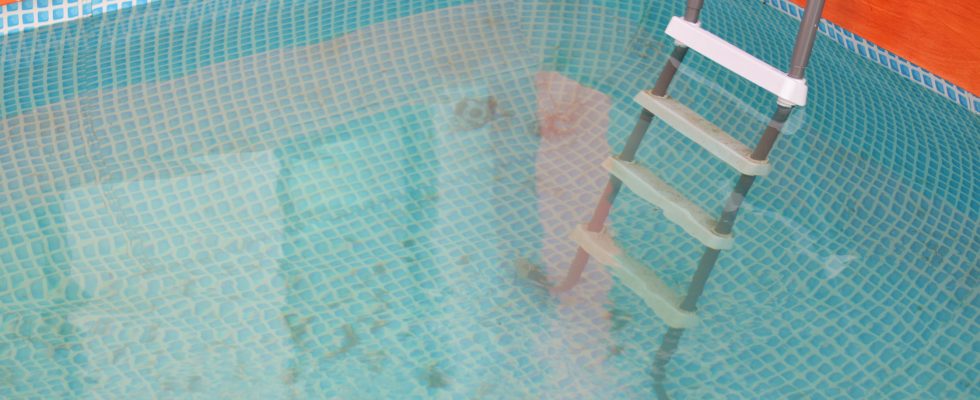Above ground pools offer an affordable alternative to in-ground installations, but they come with unique advantages and limitations. Whether you’re considering your first pool or exploring budget-friendly options, understanding these key factors will help you make an informed decision.
Cost-Effective Swimming Solutions
The most apparent benefit of above ground pools is their significantly lower price point. Installation costs typically range from $1,500 to $5,000 compared to $35,000+ for in-ground pools. This affordability makes swimming accessible to families who might otherwise never consider pool ownership.
Maintenance expenses also run lower. Smaller water volume means reduced chemical costs, and the best pool cleaner for above ground models tends to be more affordable than systems designed for larger in-ground pools. However, potential buyers should note that high-end above ground pools with durable materials and sophisticated filtration can approach the lower end of in-ground pricing.
Installation Flexibility and Speed
Unlike permanent in-ground installations that require weeks of construction, most above ground pools can be installed in just a few days. This quick turnaround means you could be swimming within a week of delivery in many cases. The installation process typically involves:
- Site preparation and leveling
- Assembly of the wall structure
- Liner installation
- Filling and chemical balancing
This relative simplicity allows for more flexible placement options. Homeowners can position above ground pools to take advantage of optimal sunlight or to preserve backyard sightlines. Some models even permit relocation if you move homes, though disassembly and reinstallation require professional help.
Maintenance Considerations
While generally easier to maintain than in-ground pools, above ground versions present some unique challenges. The smaller water volume means chemical imbalances can occur more rapidly, requiring more frequent testing – ideally 3-4 times weekly during peak season.
Wall and liner care becomes crucial. Unlike concrete or fiberglass in-ground pools, above ground liners are more susceptible to punctures from sharp objects or pet claws. Investing in the best pool cleaner designed specifically for above ground models helps protect these surfaces while keeping water clean.
Winterization procedures differ significantly too. In cold climates, many owners choose to drain above ground pools completely rather than winterizing them, as freezing water can damage the structure. This annual draining and refilling impacts water chemistry at the start of each season.
Aesthetic and Functional Limitations
The visual appeal of above ground pools has improved dramatically in recent years, with wood-clad and semi-inground designs blending better with landscaping. However, they still can’t match the seamless integration of custom in-ground pools. Depth restrictions typically cap at about 54 inches, limiting diving and lap swimming possibilities.
Access options also differ. While elegant decking solutions exist, most above ground pools require climbing a ladder rather than the gradual entry steps of in-ground designs. This can present challenges for young children, elderly swimmers, or those with mobility issues.
Longevity and Durability Factors
Quality varies tremendously among above ground pool manufacturers. Budget models may last just 5-7 years, while premium versions with corrosion-resistant materials can endure 15-20 years with proper care. Key durability factors include:
- Galvanized steel or resin wall construction
- UV-resistant liner materials
- Powder-coated metal components
- Robust filtration systems
Investing in the best pool cleaner and maintaining proper water chemistry significantly extends liner life. Unlike in-ground pools where replastering is possible, above ground liners must be completely replaced when worn, typically every 6-10 years.
Making the Right Choice
Above ground pools shine for budget-conscious buyers, renters, or those wanting to “test” pool ownership before committing to an in-ground installation. They’re also ideal for homes where excavation isn’t possible due to terrain or regulations.
However, serious swimmers or homeowners wanting a permanent backyard centerpiece may find the limitations outweigh the cost savings. The decision ultimately depends on your budget, space, and how you envision using your pool.
For those proceeding with an above ground pool, remember that pairing it with the best pool cleaner for your specific model will maximize enjoyment while minimizing maintenance headaches. With proper care and realistic expectations, an above ground pool can provide years of refreshing fun at a fraction of the cost of in-ground alternatives.


